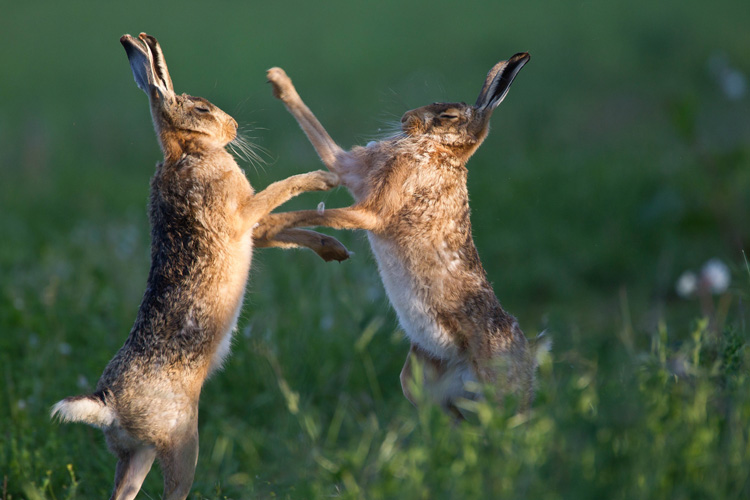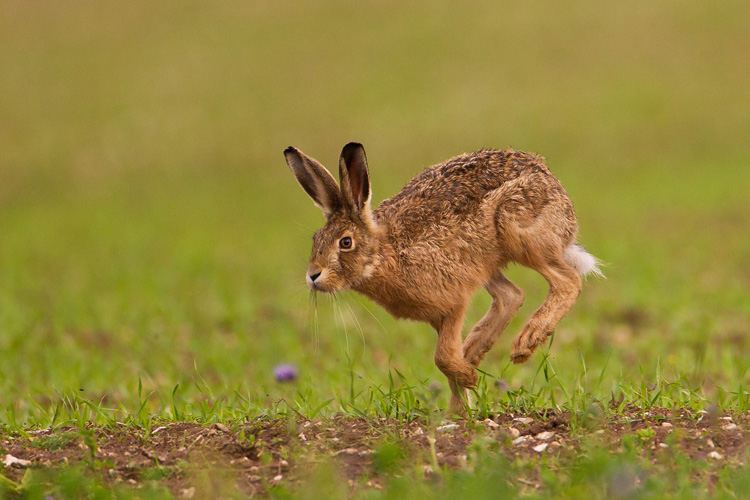

The Broads National Park is a national hare hotspot and with Easter so early this year there has never been a more relevant time to think about the origins of the Easter Bunny and the eponymous mad March hare. Here are a few amazing myths and legends which surround this magical creature and the top places in the national park to spot one.

We’re all familiar with the Easter Bunny who comes along on Easter Sunday and hides chocolate eggs in the gardens of children, but what you might not know is that it has its roots in the Easter Hare…
Hares do not burrow underground; instead they crouch in ‘scrapes’ which are small dips in the earth. This gives hares the optical illusion of simply disappearing when they run (in fact they just dip down into a scrape). Ground-nesting birds, such as lapwings, were common before intensive farming techniques and so a hare could be seen to disappear and often when ancient people came to the site they would find the egg of a ground-nesting bird and believe it to have been left by the hare.
Top Spotting Spot: The farmland around Thurne

We all remember the mad March hare in Alice in Wonderland who attends the mad hatter’s tea party, but where does that concept come from? The idea of the ‘Mad March Hare’ comes from the hare behaviour you’re most likely to witness in the month of March. The sort of behaviour you might see includes madcap chases and furious boxing matches. This is not ‘mad’ behaviour but instead the courting behaviour of mating hares. The boxing was commonly thought to be between two males battling over the favour of a female however they are more likely to be an unresponsive female fighting off a male’s advances.
March is the traditional month associated with this behaviour but…. You’re just as likely to see it anytime between December and April.
Top Spotting Spot: The fields and paths leading to St Benet's Abbey

Traditionally hares were associated with witches, possibly because of their ability to seemingly ‘vanish’ and also due to their ‘mad March boxing’ antics which seemed to onlookers to be a witch’s dance. Witches were thought to be able to transform into hares to flee from impending trouble.
Top Spotting Spot: Carlton Marshes
If you fancy seeing the magical hare this Easter then you’re in luck because the Broads National Park is abundant in the mythical beasts. So find yourself a quiet spot, get comfy, and wait in silence for a chance to see disappearing acts, boxing matches and a maybe even a witch!